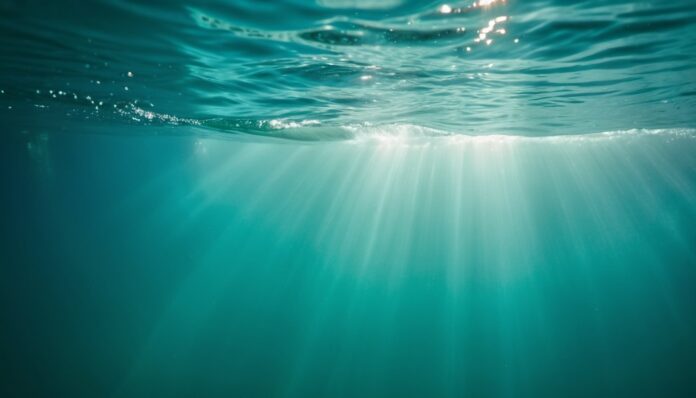The Gulf Stream is a strong and warm ocean current that starts in the Gulf of Mexico, flows up the eastern coast of the United States, and then heads across the Atlantic Ocean towards Europe.
This current helps keep the climate warmer in these regions and supports a lot of marine life. It also plays a role in weather patterns, including the formation of hurricanes.
Interesting Facts About the Gulf Stream
- The Gulf Stream starts in the Gulf of Mexico.
- It flows up the eastern coast of the United States.
- The current moves towards Europe across the Atlantic Ocean.
- The Gulf Stream is a warm ocean current.
- It is one of the strongest ocean currents in the world.
- The Gulf Stream was first described by explorer Ponce de León in 1513.
- It helps keep the climate warmer on the east coast of North America.
- The Gulf Stream influences the weather in Europe, making it milder.
- It can reach speeds of up to 5.6 miles per hour.
- The current is about 60 miles wide in some places.
- The Gulf Stream is part of the North Atlantic Subtropical Gyre.
- It helps transport warm water from the tropics to higher latitudes.
- The Gulf Stream plays a key role in the global conveyor belt of ocean currents.
- The warm waters of the Gulf Stream support diverse marine life.
- Fishermen often follow the Gulf Stream to find fish.
- The Gulf Stream was crucial for early explorers crossing the Atlantic.
- It can influence the path and strength of hurricanes.
- The Gulf Stream contributes to the Gulf of Mexico’s warm waters.
- It has a significant impact on the climate of the southeastern United States.
- The Gulf Stream helps to moderate temperatures in northern Europe.
- The current can be seen from space due to its warm waters.
- The Gulf Stream’s warm water is distinct from the cooler waters around it.
- The current helps to distribute heat around the planet.
- The Gulf Stream was used by early mail ships to speed up delivery times.
- The current can carry floating objects, like seaweed, across the ocean.
- The Gulf Stream influences the climate of the British Isles.
- It is a major factor in the climate of the East Coast of the United States.
- The Gulf Stream can cause significant weather changes.
- The current is studied by scientists to understand climate change.
- The Gulf Stream helps to keep the waters around Iceland ice-free.
- It contributes to the mild climate of the Azores.
- The Gulf Stream affects the distribution of marine species.
- The current is important for shipping and navigation.
- The Gulf Stream can impact the fishing industry.
- It has a significant effect on the North Atlantic Ocean’s circulation.
- The Gulf Stream can influence the weather patterns in the Arctic.
- It can impact the migration patterns of sea turtles.
- The Gulf Stream is part of the Atlantic Meridional Overturning Circulation.
- It was mapped by Benjamin Franklin in the 18th century.
- The Gulf Stream’s path can shift due to changes in wind patterns.
- The current helps to transport nutrients across the ocean.
- The Gulf Stream can affect the water temperature of coastal areas.
- It is an important factor in the formation of fog in the North Atlantic.
- The current can carry warm water thousands of miles.
- The Gulf Stream plays a role in the distribution of coral reefs.
- It is monitored by satellites and ocean buoys.
- The Gulf Stream’s warm waters can influence local weather patterns.
- It is a key component of the Earth’s climate system.
- The current helps to support marine biodiversity.
- The Gulf Stream’s influence extends to the Norwegian Sea, affecting its climate.
